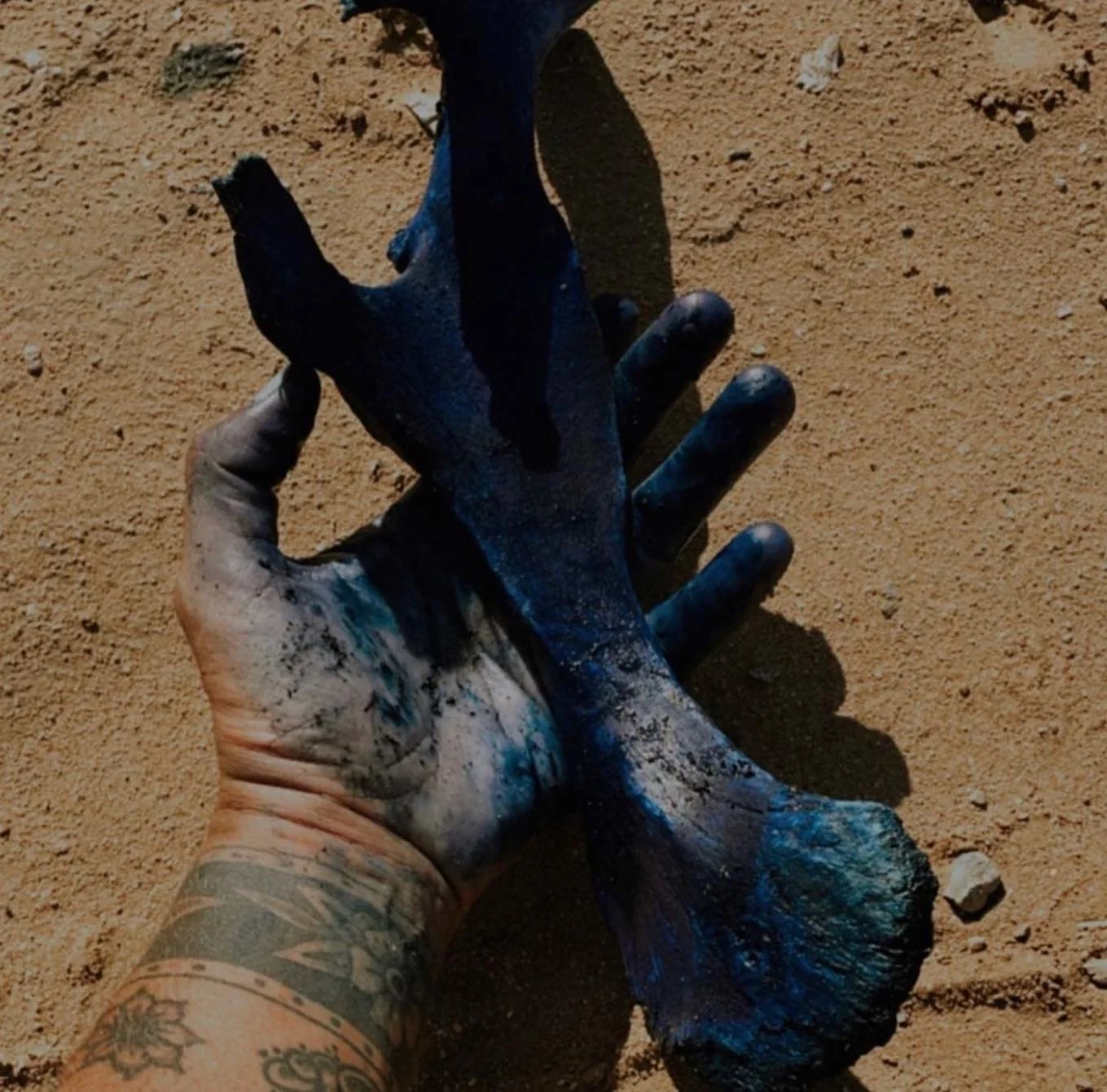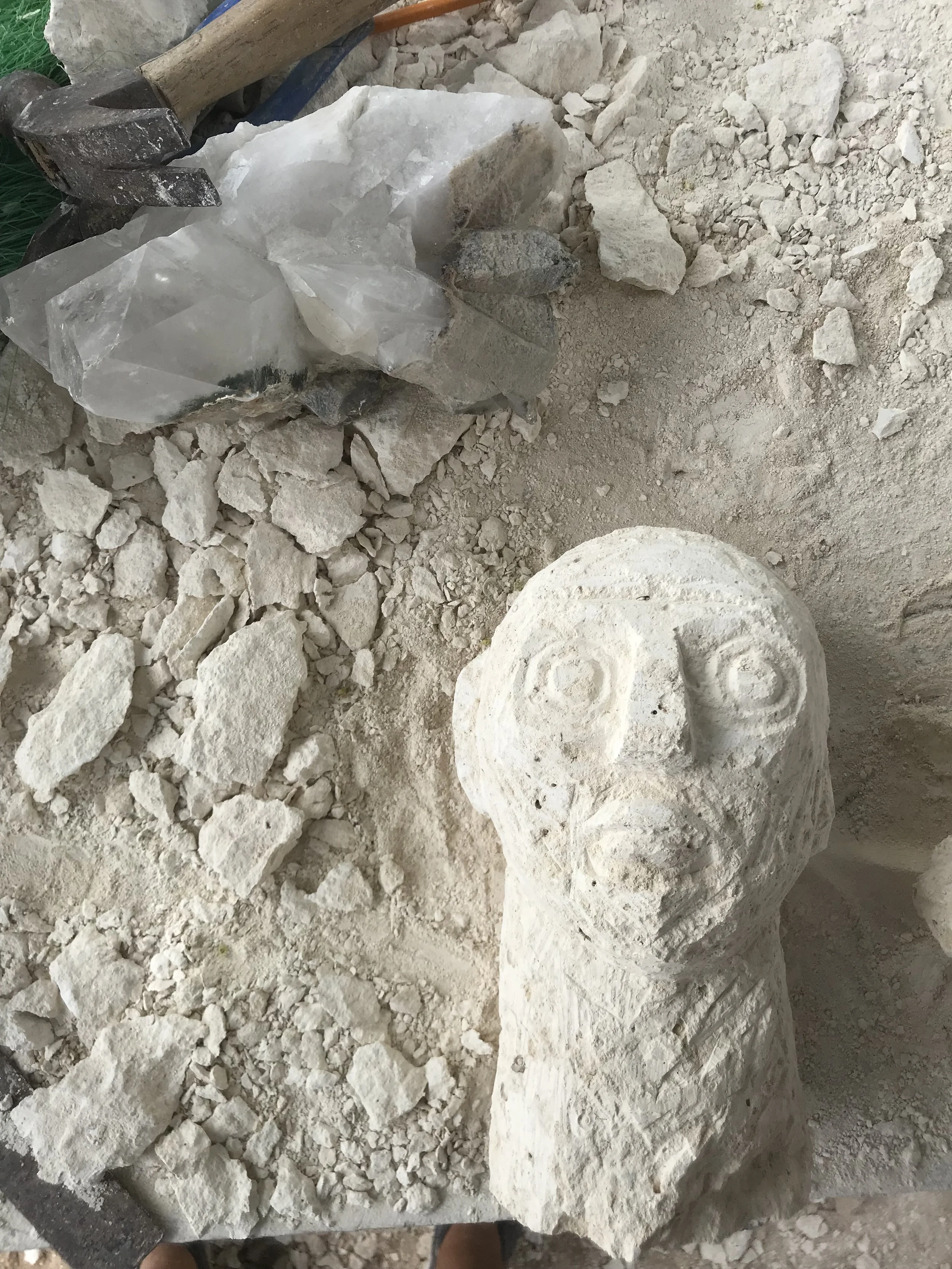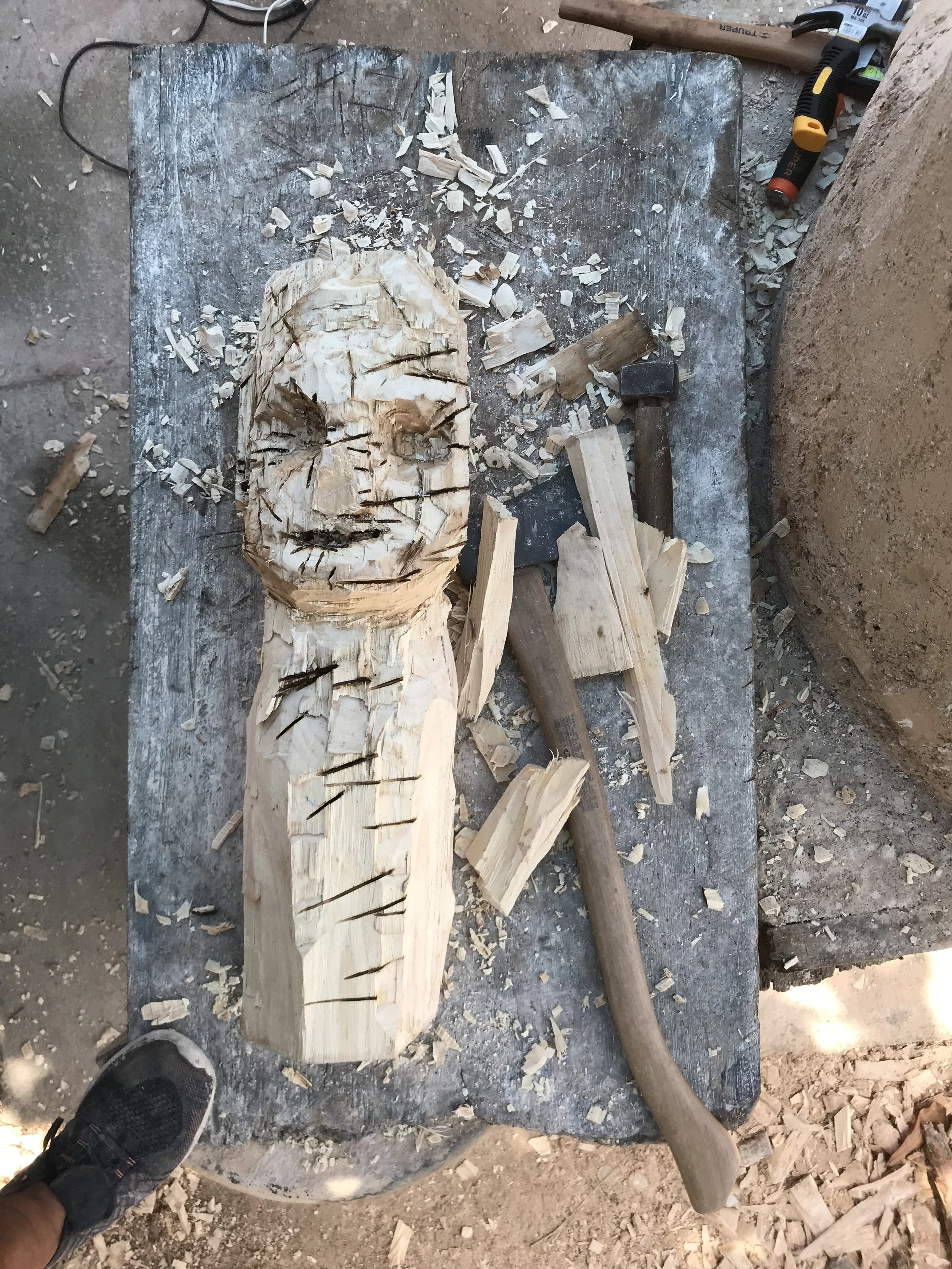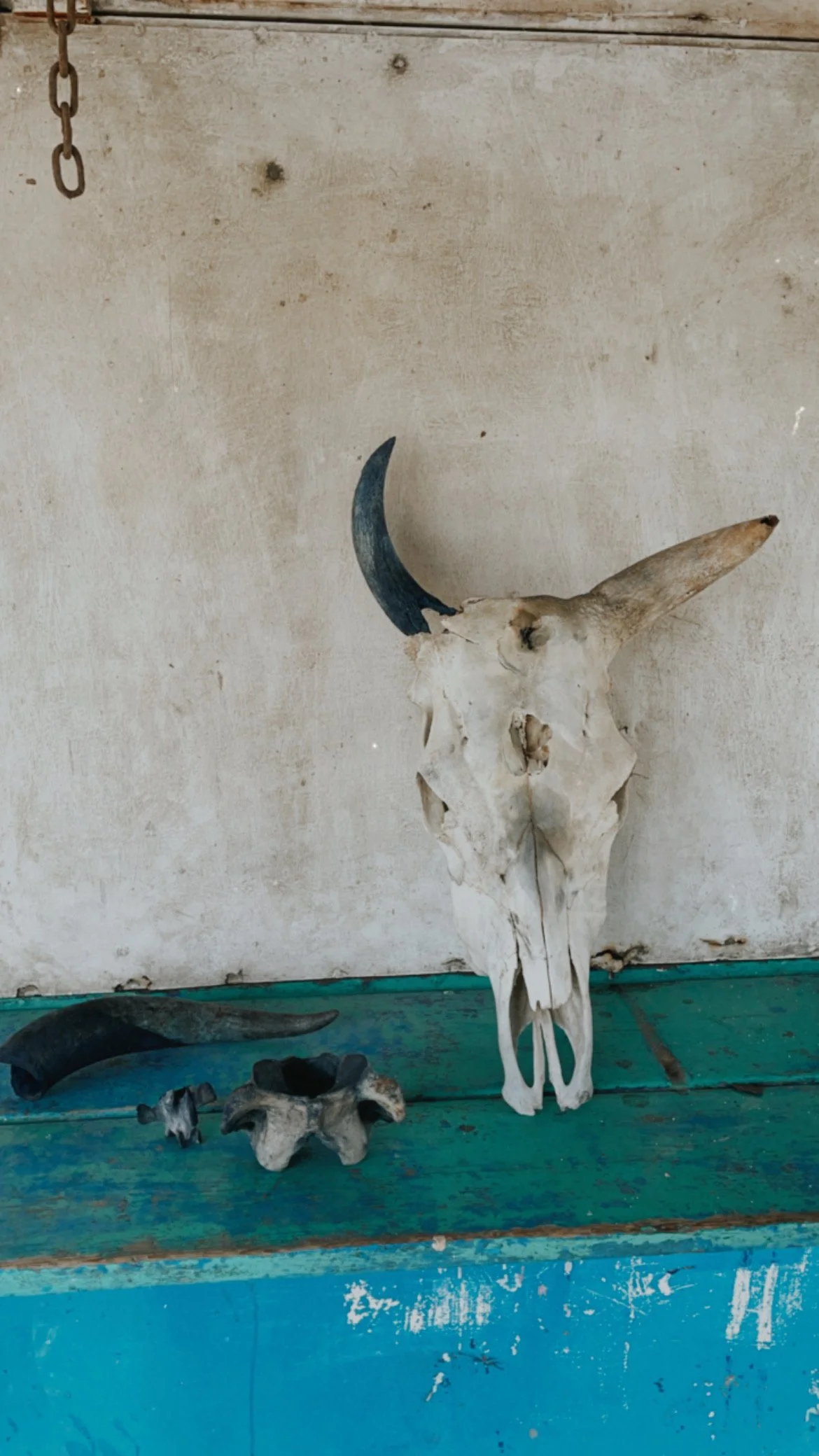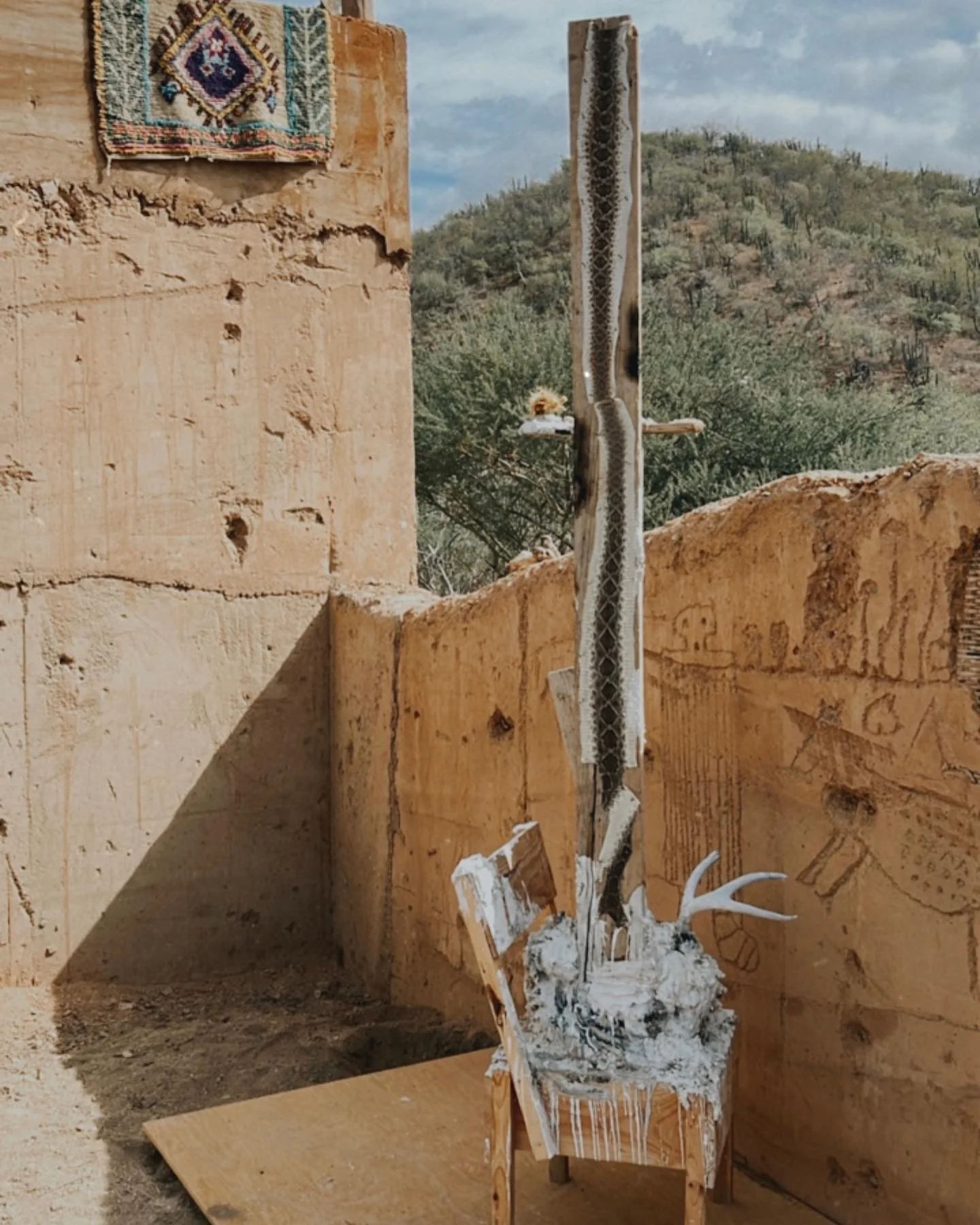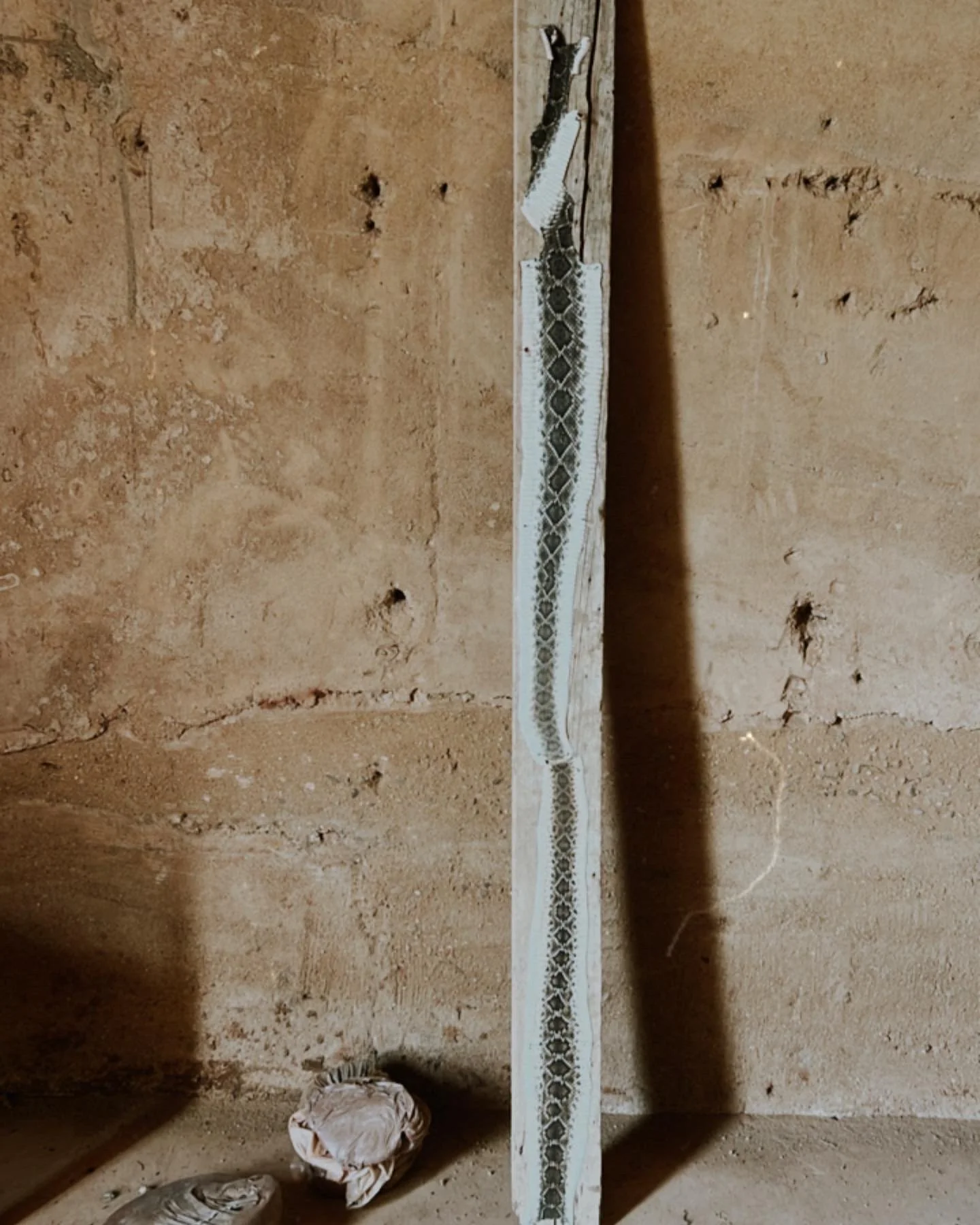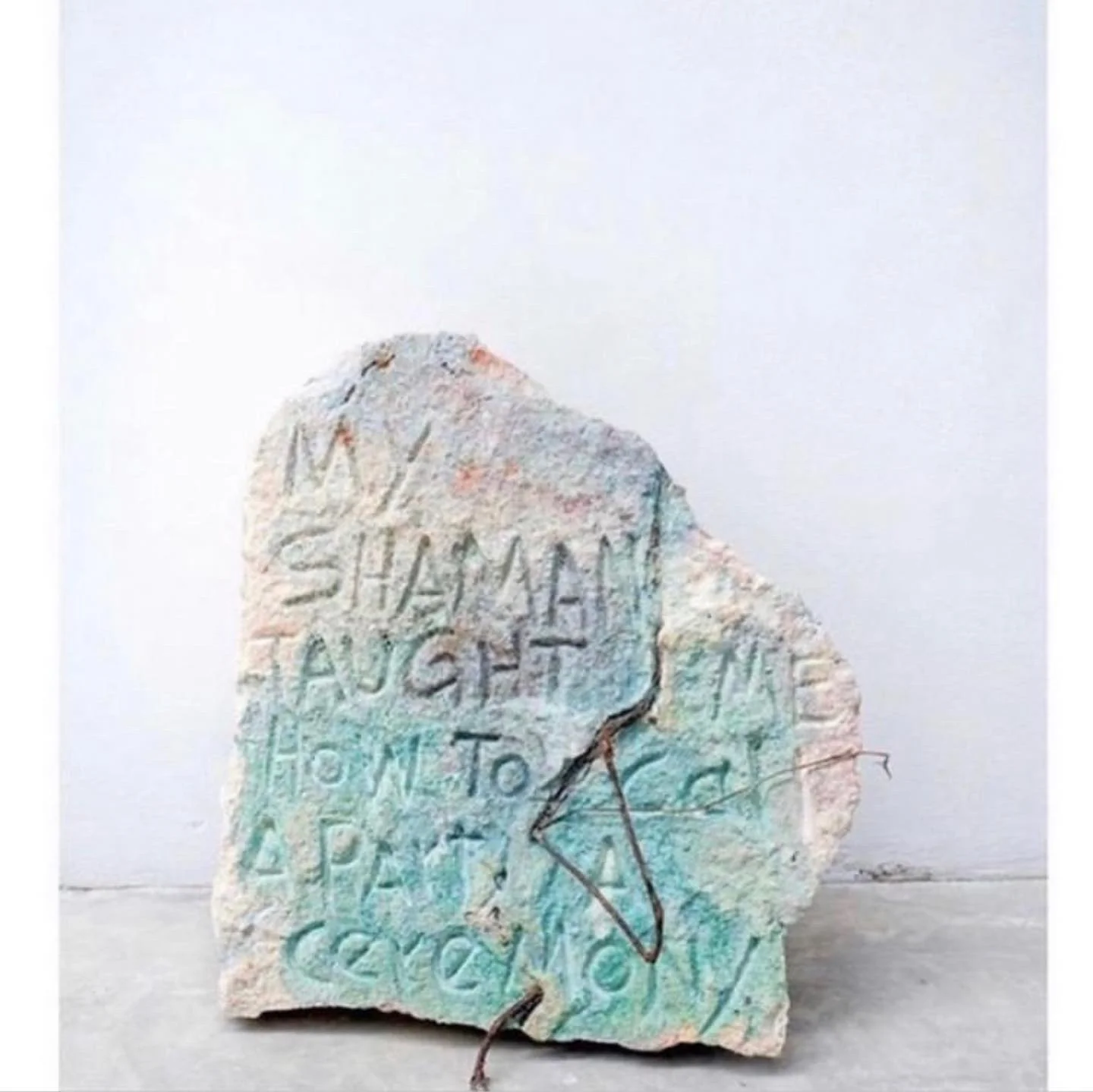Monochrome
Singularity in Land ART & Sculptures by Oso Parado
The Symbiosis of Sculpture and and the land : A Reflection
Sculpture is far more than an act of creation—it is a method of understanding the world and the various dimensions we occupy. Through sculpting, we engage not only with space and form but also with the deeper processes that govern how we perceive and interact with our environment. In this process, it becomes evident that we are not simply working with materials; rather, the materials are working on us, shaping our thoughts, perceptions, and creative impulses.
The act of sculpting reveals a dialogue between the artist and the material. The physical substance—whether stone, metal, wood, or contemporary synthetics—holds its own history and qualities, which influence the creative outcome. As the artist manipulates and transforms the material, the material also exerts its own will. It pushes back, resists, or yields, demanding that the artist adapt and respond. This interaction elevates the process beyond mere craftsmanship, turning it into a collaboration where both the material and the artist evolve together.
Sculpture allows us to explore and reveal the unseen forces that shape both our physical and conceptual realities. When we engage with materials, we tap into their innate potential to express ideas beyond the representational. In essence, the material acts as a medium not just for form, but for ideas—conduits for expressing complex relationships between time, space, and matter. It is in these moments, when the mind meets the physical medium, that a sense of elevation occurs. Sculpture becomes a ceremony of inquiry, a meditation on how we inhabit multiple dimensions simultaneously—physical, mental, emotional, and even technological.
In our contemporary world, this relationship is even more pronounced. As we live amidst hyper-stimulation and constant digital interaction, the raw material of sculpture offers a moment of pause—a juxtaposition to the ephemeral images we digest daily. The material provides a tangible anchor in an era where virtual and real often blur. The simple act of shaping and molding offers clarity, a way of grounding thought and creativity in a medium that resists easy manipulation.
Working with materials is also a way of rethinking the boundaries between action and inaction, presence and absence. A single stroke of color, a pause in texture, or an unworked section of raw canvas or stone speaks volumes in this dialogue. In an age that values speed and stimulation, these absences create space for reflection. They remind us that sometimes, clarity arises not from what is added, but from what is deliberately left undone.
Ultimately, sculpture is not just about creating objects; it is about creating spaces—both external and internal—where thought, feeling, and material intersect. It is a dynamic process that reflects the constant exchange between the environments we inhabit and the ideas that inhabit us. The materials guide us as much as we guide them, leading to new insights about how we engage with the world, how we see, and how we think.
